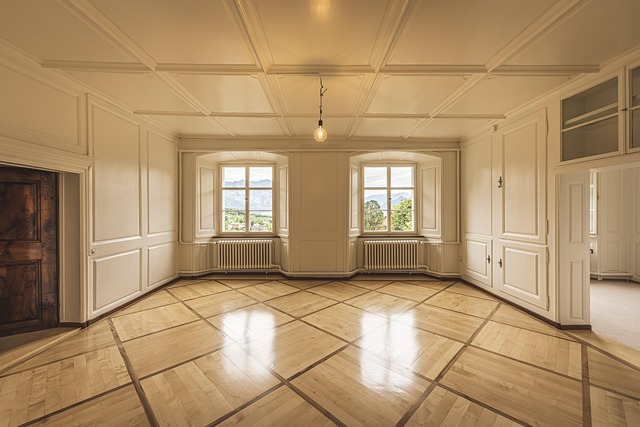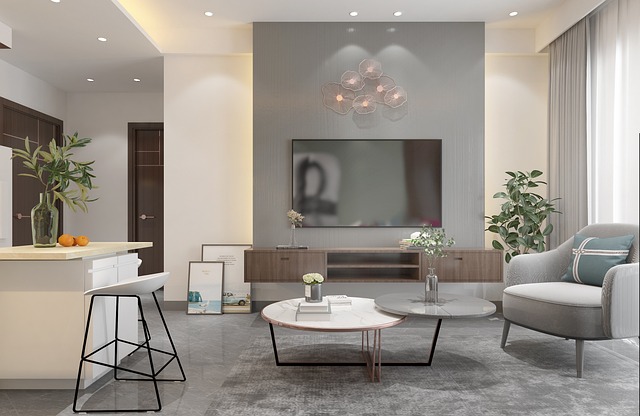Achieving balance in shared student housing involves defining clear privacy and community boundaries through open communication, creating specific study zones and personal time, using room dividers, establishing routines, and encouraging respectful conversations to harmonize private needs with college life.
Navigating shared student housing can be a delightful yet challenging experience, especially when it comes to balancing privacy. In this guide, we’ll explore effective strategies for creating personal space in your dorm room. From understanding your living space dynamics and defining clear boundaries to utilizing creative room dividers, embracing rituals, and fostering open communication with roommates, these tips will help you thrive while ensuring a harmonious environment that respects your personal needs.
- Understand Your Living Space Dynamics
- Define Personal Boundaries Clearly
- Utilize Creative Room Dividers
- Embrace Personal Rituals and Routines
- Communicate Openly with Roommates
Understand Your Living Space Dynamics

In shared student housing, understanding the dynamics of your living space is key to creating a balanced environment where you can maintain your privacy. Each roommate brings their own lifestyle, study habits, and social preferences, so open communication is essential from day one. Discuss and establish clear boundaries regarding common areas, study zones, and personal time to ensure everyone feels heard and respected.
Recognize that balancing privacy and community living requires ongoing adjustments. As you get to know your roommates better, be receptive to their needs and adapt your own habits accordingly. Remember, effective coexistence is a two-way street, fostering not only a harmonious atmosphere but also a supportive college experience.
Define Personal Boundaries Clearly

Creating a sense of personal space in shared student housing is an essential part of balancing privacy and community living. The first step to achieving this harmony is defining clear boundaries. Each resident must establish their own comfort zones, considering factors like noise levels, common areas, and personal belongings. Communicating these boundaries openly with flatmates is crucial for fostering a respectful environment.
By setting specific rules and expectations, students can create a peaceful living arrangement where everyone feels heard and respected. This process involves active listening, understanding individual needs, and finding compromises that allow for both privacy and camaraderie, ensuring a more harmonious college experience.
Utilize Creative Room Dividers

In shared student housing, where personal space is often limited, creative room dividers can be a game-changer for balancing privacy and community living. Get resourceful by using bookshelves or tall bookcases to carve out hidden corners for studying or relaxing. Curtains hung at varying heights on a track system create visual interest while offering adaptable privacy levels. Even thoughtfully placed plants or hanging baskets can act as natural dividers, softening the environment and creating micro-spaces within the larger living area.
Don’t underestimate the power of modular furniture. Folding screens, collapsible tables, and adjustable shelving units allow you to reconfigure your space daily, catering to different activities and social dynamics. By utilizing these creative room dividers, college students can effortlessly navigate between moments of solitude and communal interaction, ensuring a harmonious blend of privacy and connection in their shared living environment.
Embrace Personal Rituals and Routines

In shared student housing, creating personal space involves embracing rituals and routines that balance your need for privacy with the communal environment. Establish a morning routine that centers around your well-being—a quiet cup of coffee or tea in your room, perhaps, before joining others downstairs. This sets a peaceful tone for your day and signals your desire for personal time. Similarly, wind down at night with rituals that help you unwind, such as reading a book or journaling, which can create a sense of sanctuary within your space.
These routines not only contribute to your mental health but also foster harmony within the shared living space. By setting clear boundaries between personal and communal areas, you can maintain a healthy balance that makes college life more enjoyable and less stressful. Embrace these rituals as a way to find your rhythm in a new environment, ensuring your personal space remains a haven amidst the hustle and bustle of campus life.
Communicate Openly with Roommates

Open communication is key when it comes to creating a harmonious living environment in shared student housing. Balancing privacy and college life can be tricky, but with clear and respectful conversations, roommates can establish boundaries and ensure everyone feels comfortable. Start by having an honest discussion about each other’s needs and expectations. Respectful dialogue allows individuals to express their desire for personal space and quiet time, while also understanding their roommate’s social or study habits.
Regular check-ins can further strengthen this process. Roommates should feel empowered to discuss any issues that arise, whether it’s noise levels, common areas, or the use of shared spaces. By fostering an environment where open communication is encouraged, students can create a living situation that supports their academic and personal growth while respecting each other’s boundaries, ultimately making the most of their shared college experience.
